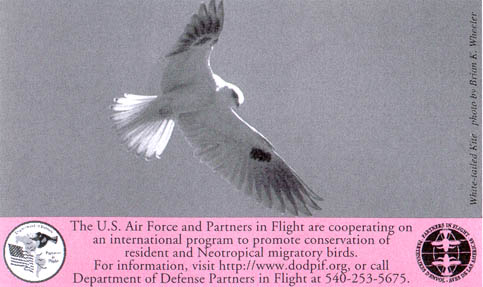




BIRDS OF VANDENBERG AFB
OBSERVERS:__________________________________________
DATE:_________LOCATION:_____________________________
WEATHER:_____________________________________________
NOTES:________________________________________________

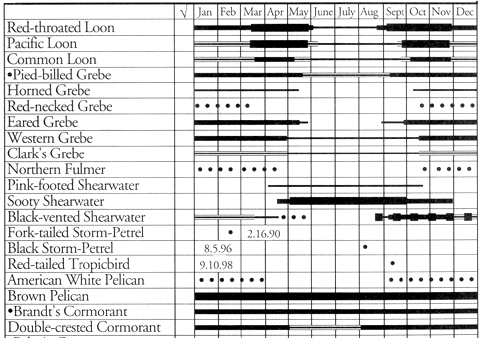
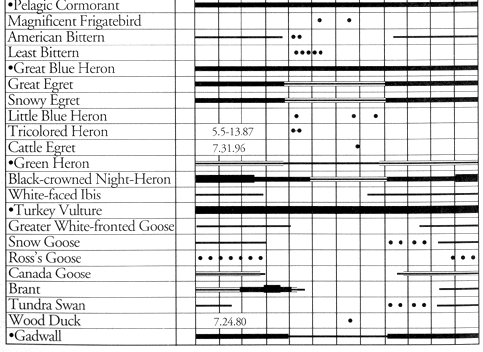
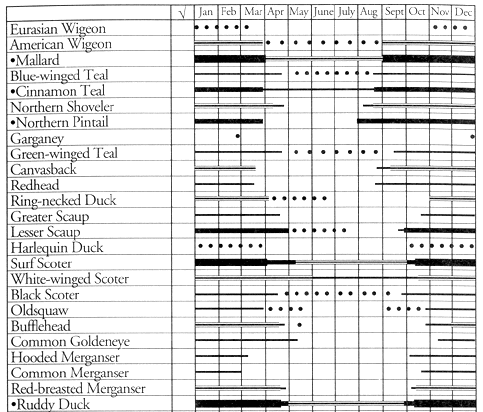
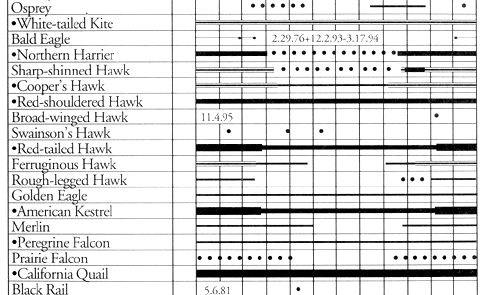

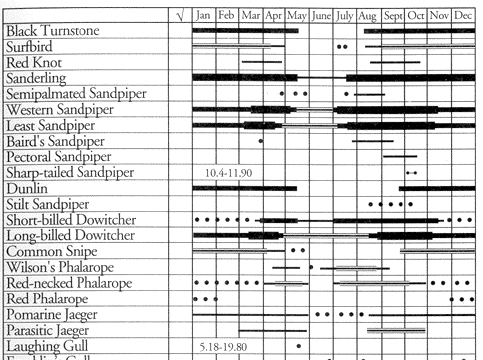
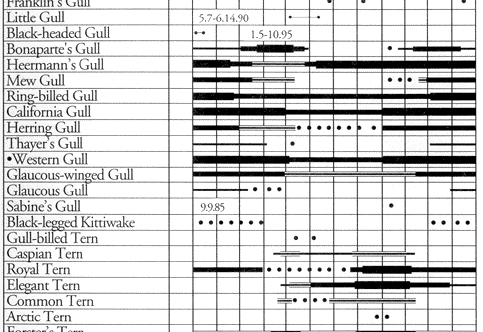
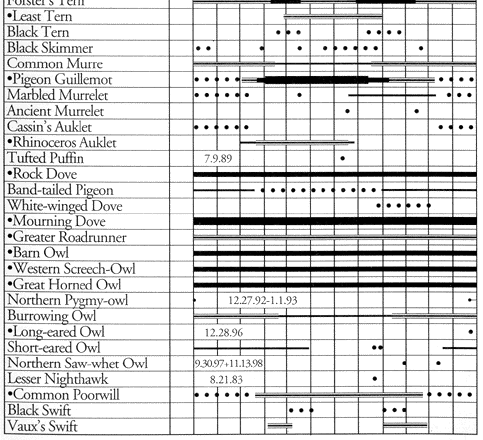
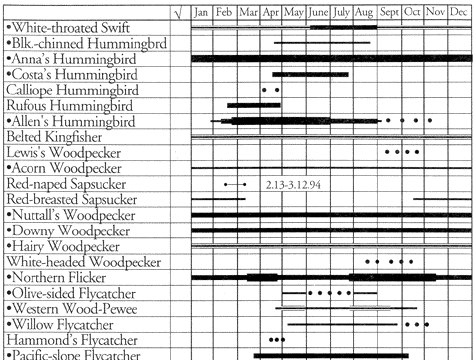


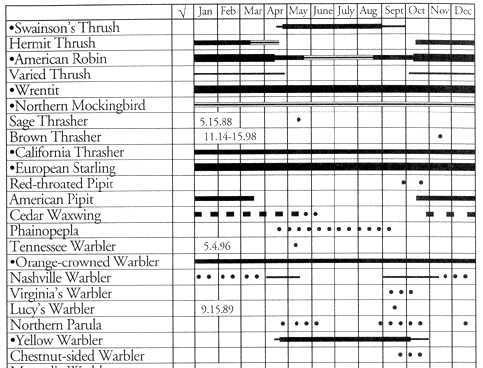

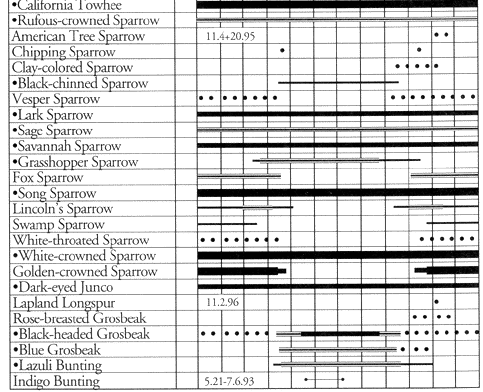
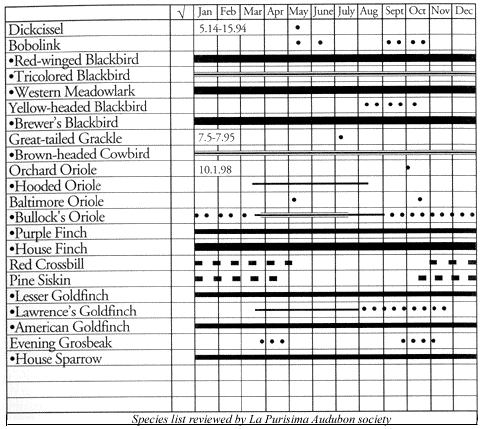
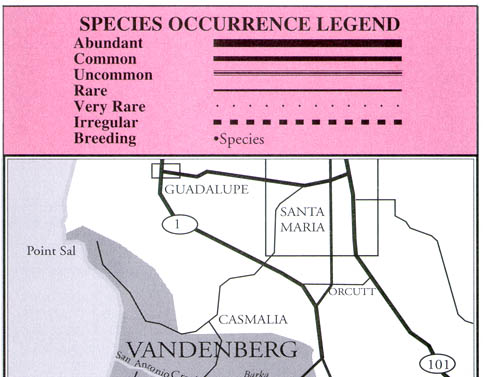
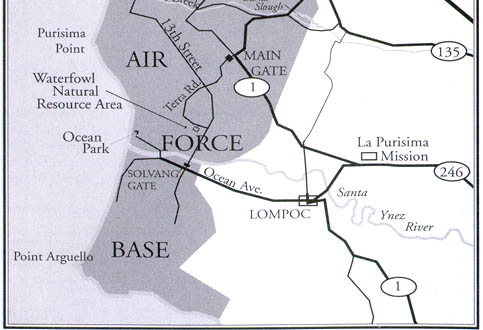
VANDENBERG AIR FORCE BASE
In 1941, Army Camp Cooke was established on 86,000 acres of open lands on the picturesque Central Coast. A training center for armored and infantry troops, the installation was called up again in 1950 for the Korean War. Becoming Vandenberg Air Force Base in 1957, it was the nation’s first space and ballistic missile operational and training base. Today the base is operated by Air Force Space Command’s 30th Space Wing. MISSION: Conduct and Support Space and Missile Launches, Operate the Western Range, Respond to World-Wide Contingencies, and Host the Vandenberg Community.
Vandenberg is located 55 miles north of Santa Barbara. The site’s 98,000 acres (154 sq.mi.) lie in a transition zone where many plant and animal species are at their southern or northern distribution limits. Much of this land is maintained in its natural state providing a unique protected area of excellent wildlife habitat. Habitat types found are wetlands, riparian woodlands, coastal beaches and dunes, rocky shoreline, Burton Mesa chaparral, coastal sage and dune scrub, oak woodland, grassland, tanbark oak woodland, and Bishop pine forest. Vandenberg cooperates with La Purisima Audubon Society on development and maintenance of a system of ponds designated as the Waterfowl Natural Resource Area. These wetlands and associated riparian habitat have attracted an amazing variety of birds and wildlife and can be visited by the public on a limited-reservation basis. The Santa Ynez River estuary is open to public viewing via Ocean Park. The public can also bird along San Antonio Road East adjacent to Barka Slough, an expansive riparian area.
The Natural Resources section of the Environmental Management Flight (30 CES/CEVPN) provides review and oversight for natural resource issues pertaining to base programs and projects. Responsibilities include rare species inventories, sensitive habitat protection, maintenance of GIS database of rare and listed species, and endangered and threatened species monitoring, management and protection. Military mission precludes access to much of Vandenberg AFB. For information, or to report unusual sightings, contact 30 CES/CEVPN: 805-605-8399.
